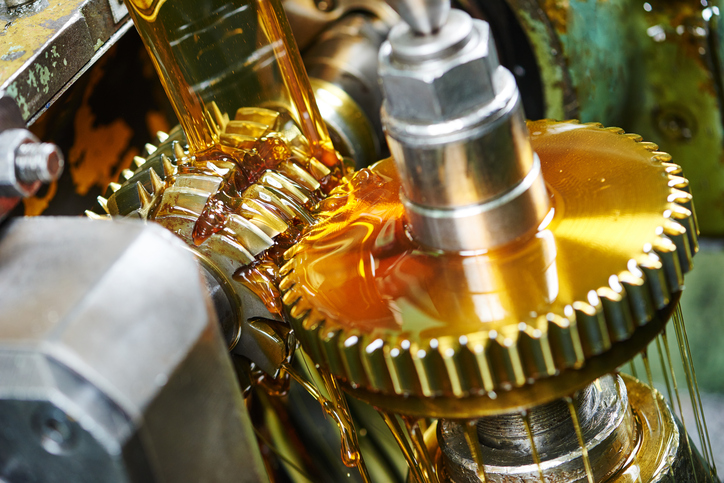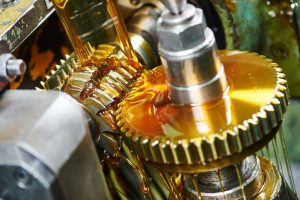
What maintenance professionals should know about tribology
March 23, 2017 | By Dr. Nicholas X. Randall
 metalworking industry: tooth gear wheel machining by hob cutter mill tool
metalworking industry: tooth gear wheel machining by hob cutter mill tool 
The study of friction, wear, and lubrication – otherwise known as Tribology – is of enormous practical importance to industrial maintenance professionals because it can not only optimize functionality but also help prolong the life of mechanical equipment. However, there are few professionals in this field who invest in furthering their knowledge of recent advances, whether lowering friction or reducing wear of mating components.
As an expert in the field of surface mechanical properties testing and instructor of the upcoming MIT Professional Education course, “Tribology, Friction, Wear and Lubrication,” Dr. Nicholas Randall has a clear understanding of what it takes to succeed in today’s market. In his continuing efforts to educate the workforce, below he shares thoughts and insights on the future of Tribology and how it could impact industry.
What are some of the biggest challenges for tribology?
Misperceptions about the field, by far. Many people still view tribology as traditional and old, when that simply isn’t the case. Because of this, there is still little funding focused on providing specialized tribology training. We need to dedicate more resources to continuing education and provide better training for our engineers. I believe it’s critical that essential elements of tribological understanding lie at the core of every engineering program.
Another area that still challenges many people in the field of Tribology is that of scale-dependence. Will the friction between two surfaces at one-dimensional scale be the same as that at a different scale? For example, we know that water is a good natural lubricant and that wet surfaces slide better. But that is at the macroscale! In contrast, at the nanoscale, we see that water molecules on a surface may actually increase friction due to their viscous effect, which becomes the dominant mechanism.
Where do you expect to see the most innovation?
I would expect transportation to be one key area. Apart from automotive, there is a lot of current development in magnetic levitation, high speed trains, aero engines, space travel, etc.
But automotive is probably the biggest one as governments push to lower emissions and increase efficiency. The only way that we can still improve the efficiency of the internal combustion engine is to lower friction and wear. One way is to coat many of the mating components with low friction coatings, another is to develop better lubricants. Texturing surfaces is an additional way of optimizing engine performance.
How do you think Tribology will evolve in the future?
I think that Tribology will evolve the most in fields where it is still not fully understood, including
- * Functionalized surfaces, including biomimetic surfaces
- * Better surface coatings to lower friction and wear, particularly in engines
- * Nanoscale tribology and the effects of scale dependence
- * Biotribology as we continually strive to increase the lifetime of materials in the body
Until we truly recognize the importance of tribology in our lives, we won’t attribute the required resources to solve tribological problems.
Dr. Nicholas X. Randall, co-instructor of the MIT Professional Education course, Tribology, Friction, Wear and Lubrication, is a Chartered Engineer (CEng MIM) and holds a BSc degree. He currently serves as the Vice-President of Business Development at CSM Instruments in Needham, Mass. He has been published extensively in the field of surface mechanical properties testing, especially related to scratch (adhesion) testing, nanoindentation and tribology testing. He is chairman of ASTM committee G02.40, responsible for developing tribological test standards for non-abrasive wear. He is currently writing a chapter on tribological testing of biomaterials for the forthcoming “ASM Handbook of Materials for Medical Devices,” and is a member of MRS, ASM, ASTM, STLE, and The Institute of Materials (UK).
